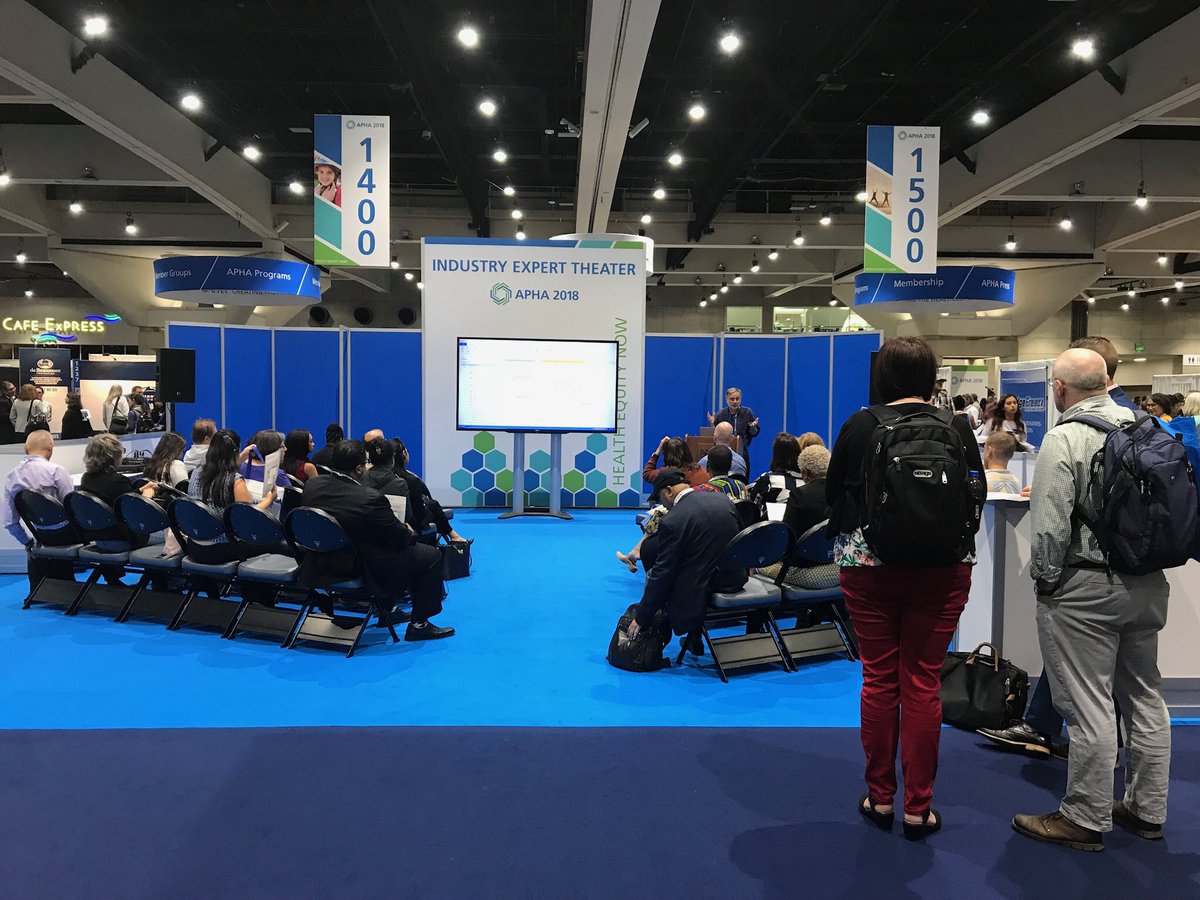

xml/ 2015/BENOTTO_Giulia_Translation_Annotation_and_Knowledge_Mo.xml.xml/ 2019/CUMMINGS_James_New_Approaches_to_Women_s_Writing_Virtual_Res.xml.xml/ 2019/SMITHIES_James_Dakin_Clearing_the_Air_for_Maintenance_and_Re.xml.xml/ 2018/FITZPATRICK_Kathleen_Humanities_Commons_Collaboration_and_C.xml.

xml/ 2019/STR_BEL_Phillip_Benjamin_Improving_OCR_of_Black_Letter_in_Hi.xml.xml/ 2015/HOLMES_Martin_Whatever_Happened_to_Interchange_.xml.With the exception of DH2017, all files are in TEI format.Ĭorresponding blog post: Which DH Tools Are Actually Used in Research? (some more info and visualisations) The list we used was gathered via TAPoR which features around 1.500 tools in its database. Since this is simple string matching, we had to throw out some false positives manually (not too many).
#ATLASTI AND WORDSMITH FULL#
It uses a list of tools and tries to match them with the full texts of the proceedings. For data extraction we wrote a little Java tool called ToolXtractor. We chose the DH conferences because they are the biggest and broadest events in the field, and also because the data was freely available (CC BY 4.0). This is a little exercise to understand which of the tools in the Digital Humanities are actually being used to do research. * Tools mentioned in the proceedings of the annual ADHO conferences (2015–2019) Tools mentioned in the proceedings of the annual ADHO conferences (2015–2019) Laure Barbot ¹


 0 kommentar(er)
0 kommentar(er)
